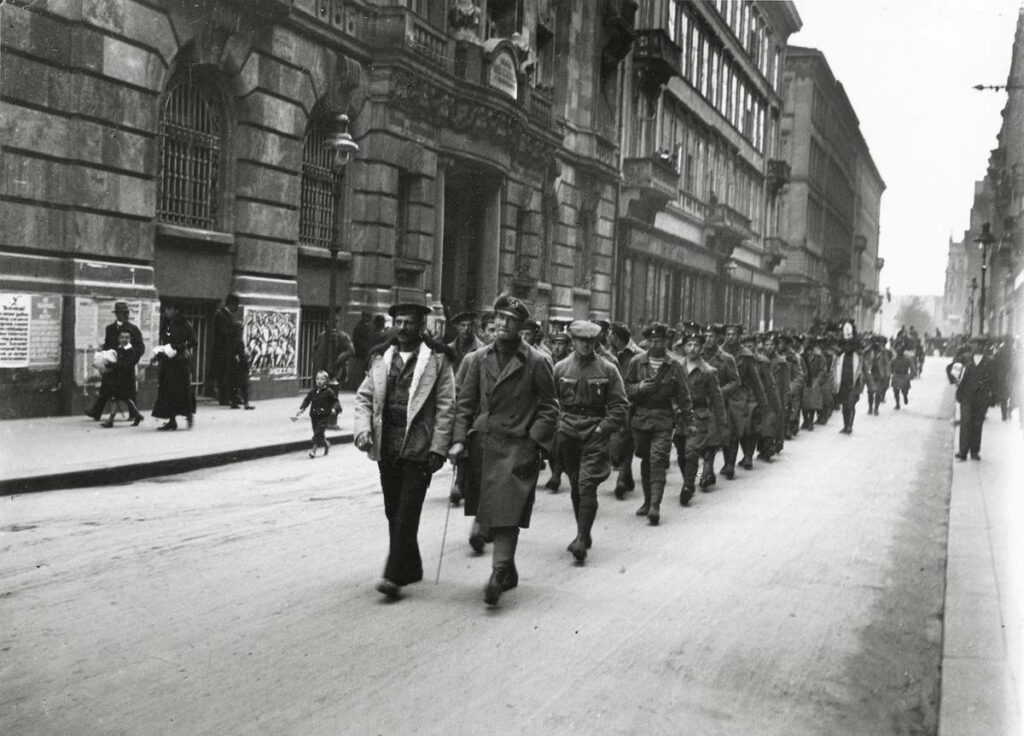André Kertész: A Journey Through His Life and Work
André Kertész, a Hungarian photographer, is widely recognized as a key figure in the history of photography. His innovative use of composition and light has had a lasting impact on the medium, inspiring photographers worldwide. Join us as we explore André Kertész’s life, career, notable achievements, famous works, and his profound influence on photography.

1894-1910: Early Years and Beginnings
Birth and Childhood
André Kertész was born on July 2, 1894, in Budapest, Hungary. From an early age, he displayed an interest in art and photography, often experimenting with his father’s camera.
Educational Pursuits
After completing his schooling, Kertész enrolled in the Academy of Commerce in Budapest but continued to nurture his passion for photography as a hobby.



1910s-1920s: Formative Years and Early Work
Military Service
Kertész served in the Austro-Hungarian army during World War I, where he continued to hone his photographic skills, capturing scenes of army life and the battlefield.


Rise to Prominence
In the years following the war, Kertész’s photography began to gain recognition, with his innovative compositions and use of natural light setting him apart from his contemporaries.



Move to Paris
In 1925, Kertész moved to Paris, a city that would become central to his life and work. There, he immersed himself in the vibrant artistic community and began to establish himself as a professional photographer.


1930s-1940s: Breakthrough Success and International Recognition
Landmark Publications
During the 1930s, Kertész’s work appeared in several influential publications. It includes Vu and Arts et Métiers Graphiques which bringing him widespread acclaim.
Innovative Techniques
Kertész continued to experiment with new techniques and approaches to photography. He is the pioneer to use of the handheld camera and capturing candid, spontaneous moments in his work.


Move to New York
In 1936, Kertész relocated to New York City, where he continued to produce striking images that captured the energy and dynamism of urban life in America.



1950s-1970s: Later Career and Legacy
Exploration of New Themes
In his later years, Kertész explored new themes and subjects in his photography, including still lifes, landscapes, and portraits. It is continuing to innovate and push the boundaries of the medium.
Awards and Honors
Throughout his career, Kertész received numerous awards and accolades, including the Gold Medal from the Royal Photographic Society and the Cultural Award from the German Society for Photography.



Enduring Influence
André Kertész’s legacy as a master of photography endures to this day. His work continuing to inspire photographers and artists around the world. His innovative approach to composition, light, and subject matter paved the way for future generations of photographers. It leaves an indelible mark on the medium.






André Kertész’s contributions to the world of photography are immeasurable. His innovative techniques and visionary approach reshaping the landscape of the medium. Through his timeless images, Kertész captured the essence of the human experience. It offers glimpses into moments of beauty, poignancy, and wonder. As we reflect on his remarkable career, we are reminded of the enduring power of photography to transcend time and space. It connect us to the world and to each other in profound and meaningful ways.

